As of now, there are over 17,000 unmanned aerial vehicle operating enterprises in China, and over 2 million UAVs have been registered with real names nationwide, according to China Air Transport Association.
"The next economic growth point will be the low-altitude sector, in my opinion. If the problem of traffic congestion is not solved, it would be difficult to develop the real economy," Ni Mingxuan, principal of the Hong Kong University of Science and Technology (Guangzhou), said during a recent forum in Guangzhou. "The technologies related to the low-altitude sector have been gradually maturing, and the advantage of three-dimensional space is obvious."
A number of eye-catching eVTOL aircraft were on display at the just concluded 15th China International Aviation and Aerospace Exhibition, also known as Airshow China, in Zhuhai, Guangdong.
As a key player in the low-altitude economy sector, Chinese electric vehicle maker Xpeng Motors' flying car unit Xpeng Aeroht has taken a giant leap into the future of transportation.
The company unveiled the first public autopilot flight of its modular flying car, the "Land Aircraft Carrier" during the airshow, and it is also the world's only car capable of storing an "aircraft" in its trunk.
During the airshow, Xpeng Aeroht received new orders for 2,008 units of its flying car, the largest of its kind globally, with customers coming from sectors such as transportation, tourism, real estate and technology.
"The orders mostly come from businesses, government institutes and public service departments, and such an achievement at least indicates that the low-altitude economy is encouraged and supported by the government," said Ye Liang, advanced manufacturing and mobility sector leading partner of accounting firm Ernst &Young. "The purpose of an aircraft is mainly for transportation and sightseeing. Based on current introductions, in my opinion, the transportation scenarios may be very limited, but the sightseeing scenarios seem more feasible for flying cars."
He added that for long-distance travel, consumers could achieve a flying experience around the scenic spots by renting such flying cars.
Meanwhile, Liu Xufeng, a senior consultant at consultancy firm Frost &Sullivan, said Xpeng Aeroht's latest order has driven the commercialization process of flying cars, and helped lay the foundation for its multi-field applications.
"For tourism and sightseeing, flying cars are expected to create a new experience of high-altitude sightseeing. For real estate projects, they will help provide air connections for high-net-worth clients. Besides, flying cars could quickly respond to emergency rescue demand in complex terrains and meet the demand for fast deliveries," Liu said.
During the airshow, Xpeng Aeroht's founder Zhao Deli showcased the fully automated separation and reconnection of the flying car between ground and air modules, demonstrating the country's innovation and potential in low-altitude economic growth.
"With just one touch on my smartphone, this 'transformer' releases the air module from the ground module," said Zhao.
The "Land Aircraft Carrier "offers manual and autonomous flight modes, including auto-route planning, autonomous cruising, one-touch return, 360-degree obstacle detection and descent vision assistance.
The air module is an eVTOL structure, built with carbon fiber for lightweight durability, the company said. Such an aircraft can also be called an air taxi, and it is expected to become a main tool for sightseeing and intercity transportation in the future.
Currently, the company's flying car manufacturing base is under construction in Guangzhou and it is expected to become the world's first mass-production facility for flying cars using a modern assembly line.
With a planned annual capacity of 10,000 units, the factory will focus on producing the air module for the "Land Aircraft Carrier" and is scheduled for completion in the third quarter of 2025, with deliveries expected to begin in 2026.








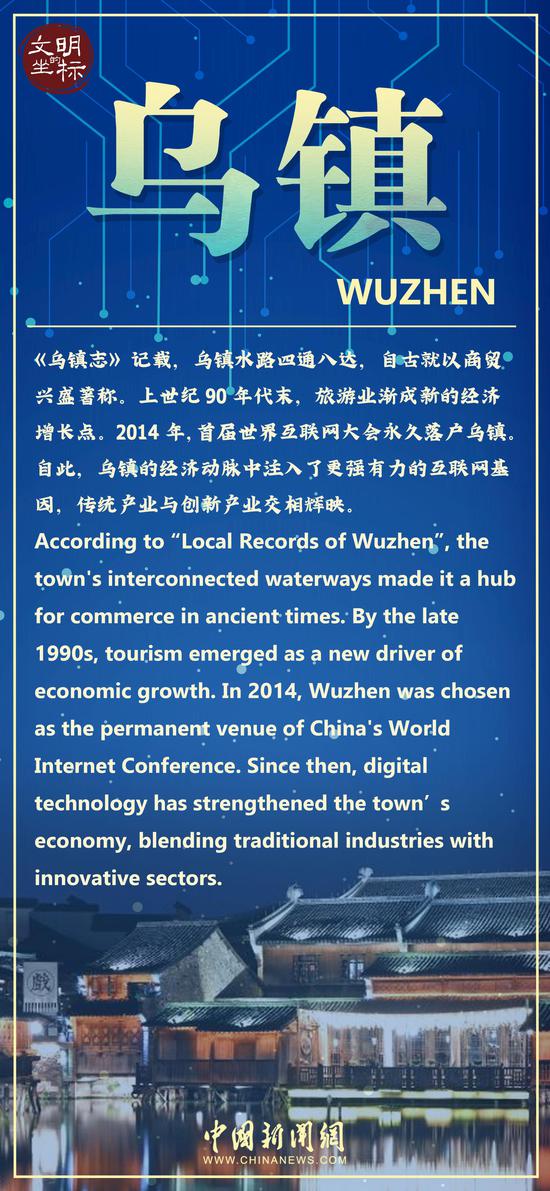

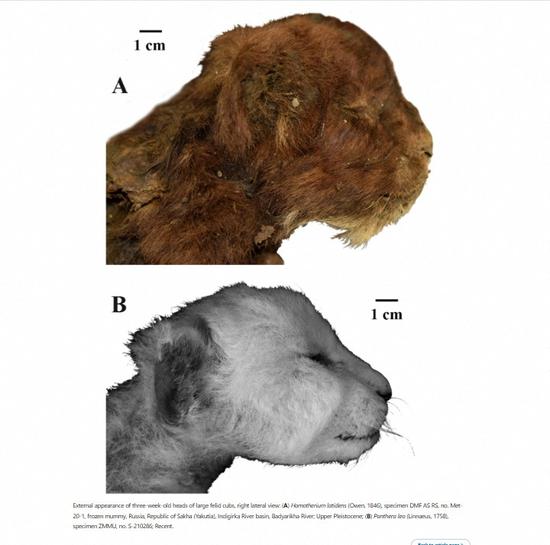








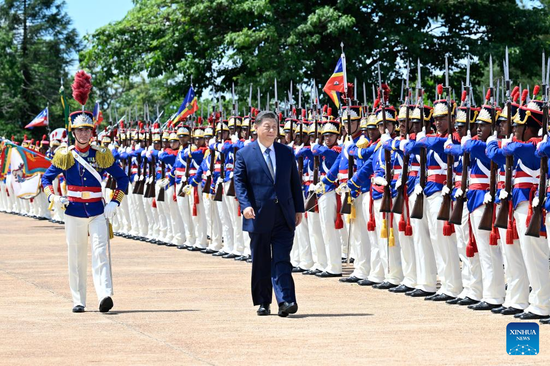






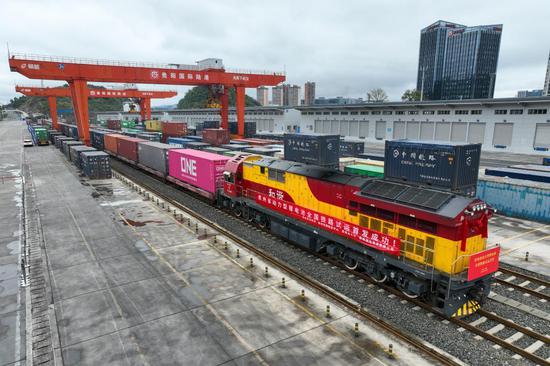




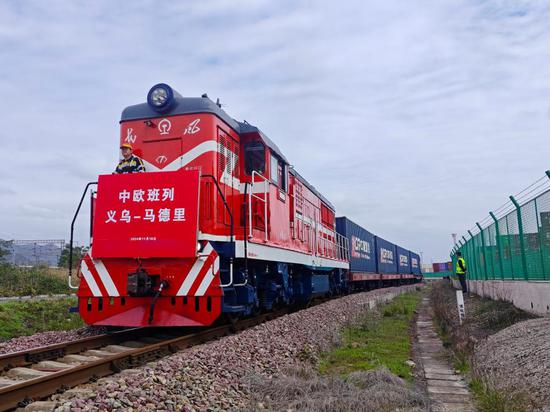




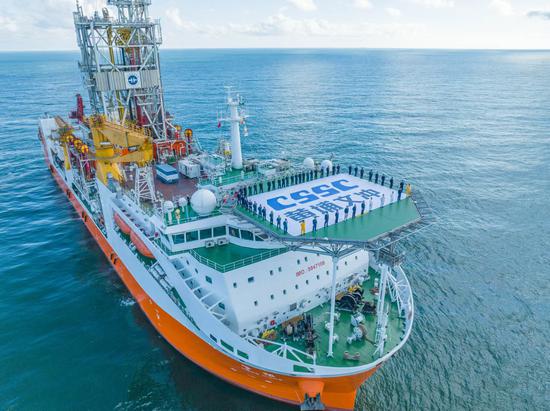
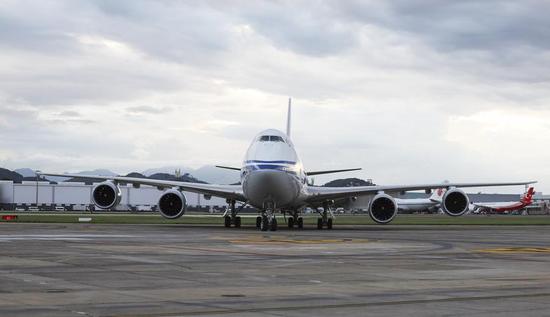


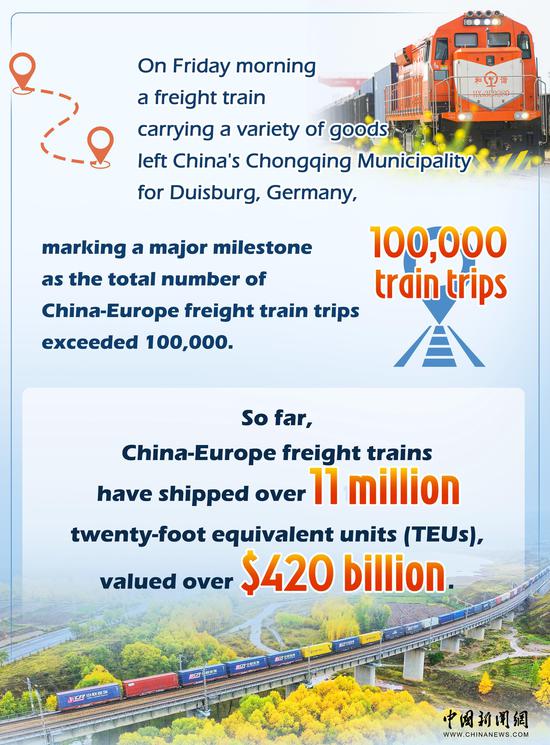
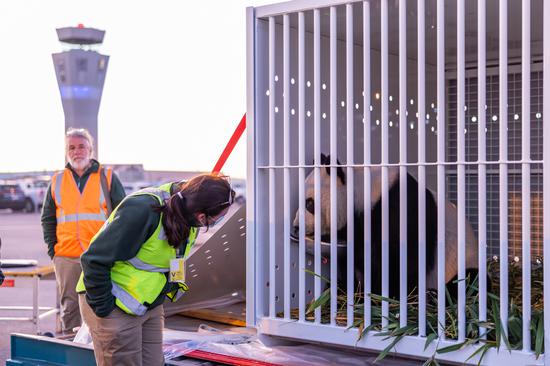


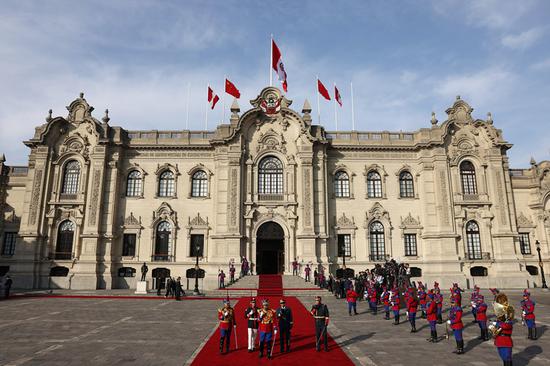



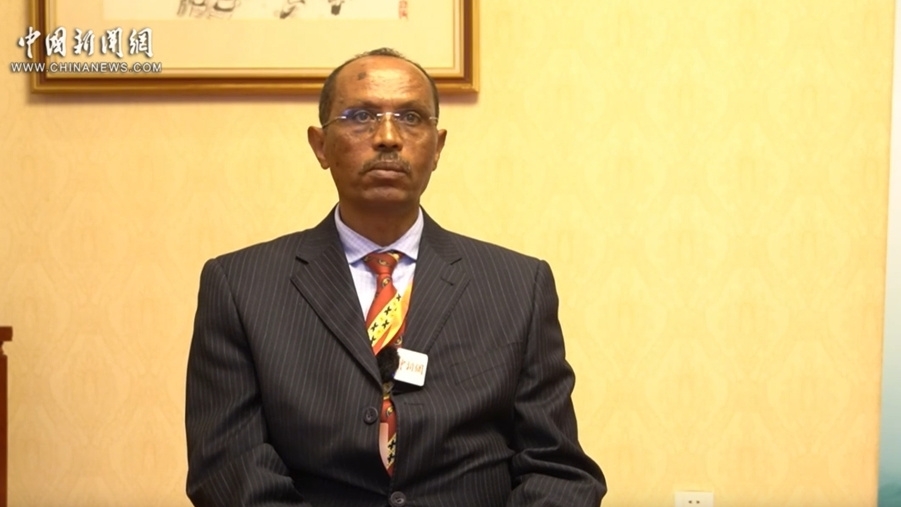

 京公網安備 11010202009201號
京公網安備 11010202009201號